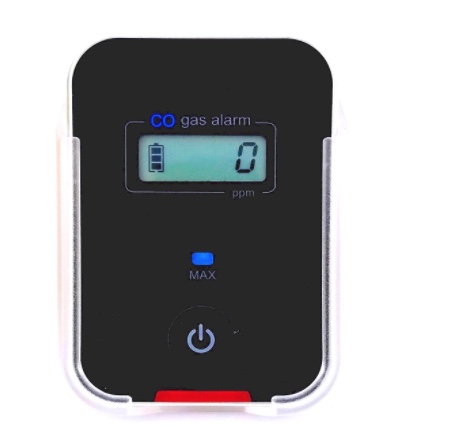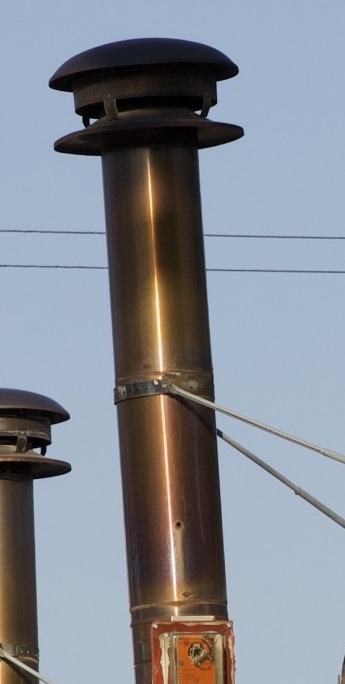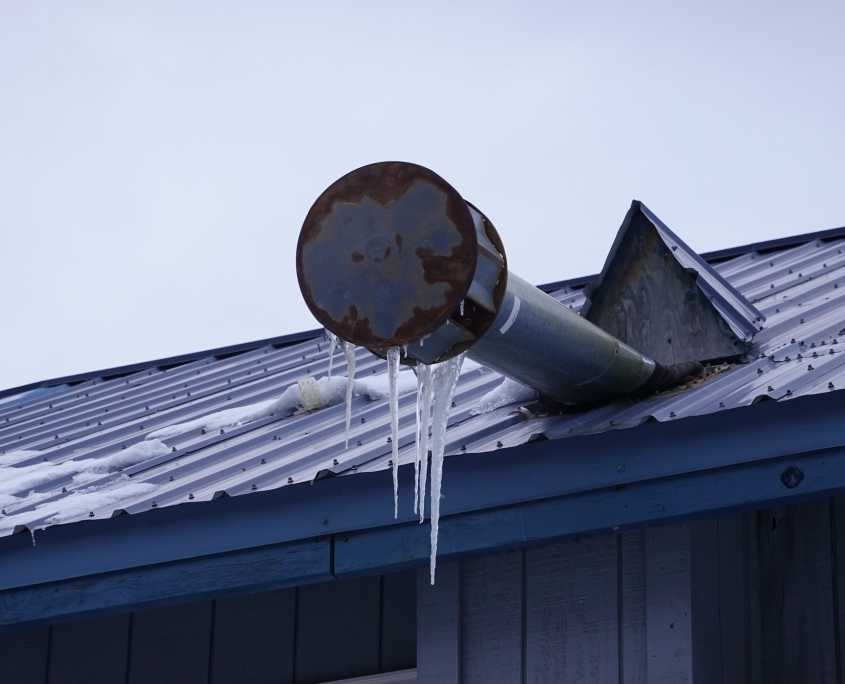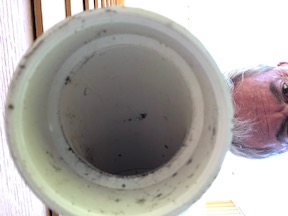Furnace Leaking Carbon Monoxide?
How do you know if your furnace is leaking carbon monoxide? Make sure you have an operating carbon monoxide alarm. The more sensitive the detector, the better.
Carbon monoxide is odorless so it is very difficult to know if your furnace is leaking carbon monoxide, which is why carbon monoxide alarms are so important. There are two types of carbon monoxide warning devices, the kind you put on the wall/ceiling and the biological kind, a human or other mammal. The human kind of carbon monoxide warning device gets sick when exposed to carbon monoxide, with a wide variety of flu-like ailments, including nausea, vomiting, headache, light headedness, dizziness or shortness of breath. But as the symptoms of carbon monoxide poisoning so closely resemble the flu (and now COVID 19) that alone will rarely raise a human alarm. In some cases, the other biological warning device, your pets, will sound the alarm sooner. The reason pets sound the alarm sooner is that they can smell the unburned hydrocarbons in the furnace exhaust before humans.
If Your Furnace is Leaking Carbon Monoxide You Could be Feeling Ill
If you are feeling quite ill it could be because your furnace is leaking carbon monoxide. If you illness coincides with others in the same space getting sick within the same half hour period, get out of the environment and sort it out later as to what is causing the illness. Trying to sort it out while you are in the environment increases the load of carbon monoxide on your body. Further, if the levels are high, you might pass out before you leave. 911 should always be called after you are in fresh air, for the same reason the airlines always warn you to first put your oxygen mask first before helping others. Once you are unconscious, you are helpless. That means don’t take the time to air out the apartment. Don’t open the windows and doors, just escape.
Check Levels with Sensitive Carbon Monoxide Detector
Only if you are not ill go get a detector that reads the amount of CO with a digital readout, like the one to the shown here.

Ways to tell if your furnace is leaking carbon monoxide if you are not feeling ill include getting a sensitive carbon monoxide alarm with a digital readout.
Other ways that you might increase your level of suspicion that a furnace is leaking carbon monoxide is to look at the furnace (without touching it.)
- How old is the furnace? There is usually a visible plate on the furnace that will have a year on it.
- Is there rust on the furnace?
- How long has it been since it was serviced?
- Has all of the service on this furnace been done by in-house maintenance people or have there been licensed HVAC contractors working on the unit, at least twice annually?
Inspect Chimney if Concerned Furnace is Leaking Carbon Monoxide
You can also inspect the flue pipes and the chimney. Is there discoloration on the flue? If it is rust, that is a sign of a problem. If it is black, that is the sign of an even bigger problem. Rust is evidence that the flue gases have been condensing before they leave the chimney. Condensing means that water vapor returns to a liquid form.

Black on a flue or chimney is a sign of soot. Natural gas appliances should always burn clean without any soot. Soot is unburned fuel. Carbon monoxide is caused by incomplete combustion where there isn’t enough oxygen for the amount of fuel that is to be burned. This can be caused by a number of different problems but too much fuel is always a problem and if there is so much extra fuel that you can see soot, that is a sign of a dangerous conditi
To look for soot on your chimney, from the ground level (don’t go on roofs or a ladder), see if there is any obstruction or bird’s nest near the chimney/flue. Also make sure that the chimney looks right. Is it crooked or broken? A crooked pipe may mean that the pipe inside is dislodged.

Anecdote: I recently stayed at an Airbnb that had a chimney that looked like this. When I first discovered this, I became extremely wary but because I had a highly sensitive CO detector which read zero, I took a bunch of pictures close up to see if it was broken. Apparently it was just a really terrible installation design of this chimney. Had I not had proof that this chimney wasn’t emitting CO, I would have called 911 and found other lodging.
Check for Obstructions in Sidewall Venting
Obstructions can be a significant problem in a newer furnace which vents out the sidewall, especially to the pipe that brings in the outside air for the furnace to burn. If the vent and combustion air pipes are on a roof, take a picture with your cell phone and examine the picture carefully.

Use your cellphone to check for obstructions in side wall furnace vent pipes. A nest or clog in either the fresh air or the combustion side can cause carbon monoxide poisoning.
The pipe that is turn upwards should be the exhaust, the pipe turned downwards should be the combustion air intake. As these vent pipes are usually at ground level, it is very easy to check for obstructions. The pipe that is turned up you can see right down into. The pipe that is turned down, you can see into with your cellphone camera, as shown here. This pipe is the combustion air for your high efficiency furnace. A high efficiency furnace does not burn any of the air in the room that the furnace is in, so maintaining an unobstructed intake pipe is critical for safety.
For information on brain damage from carbon monoxide poisoning, click here.
For our complete treatment of brain damage, go to braininjuryhelp.com

Leave a Reply
Want to join the discussion?Feel free to contribute!